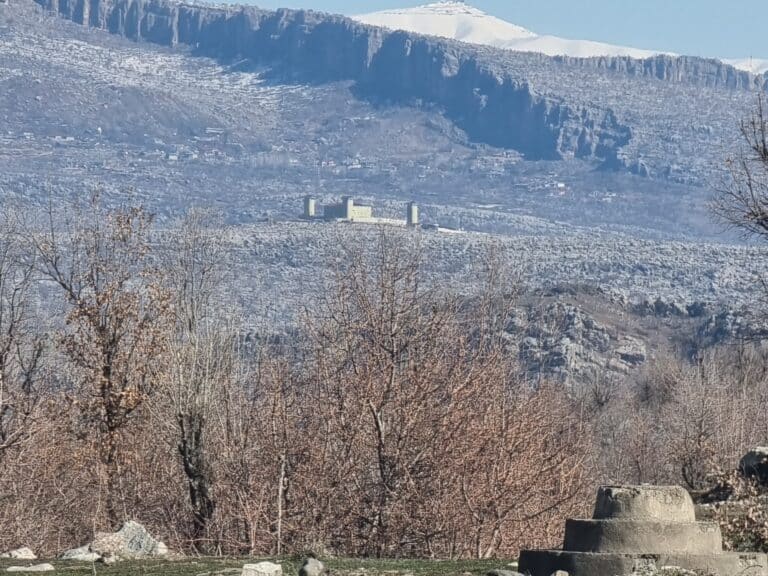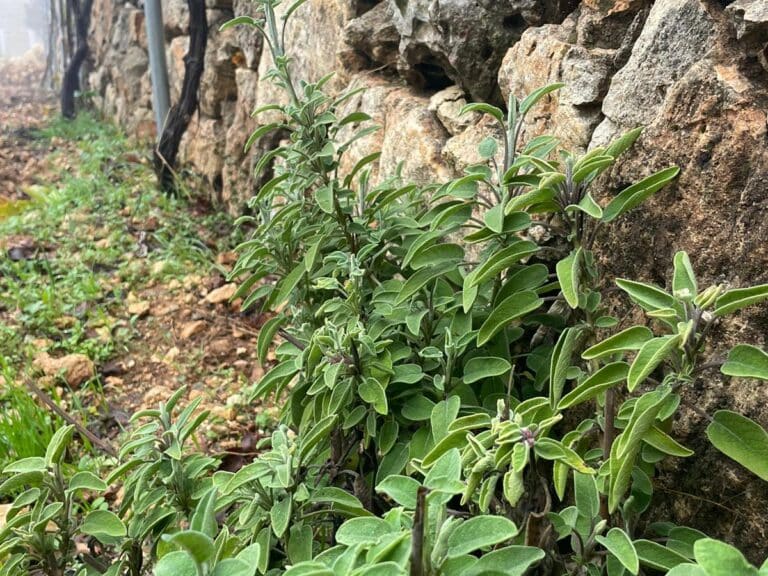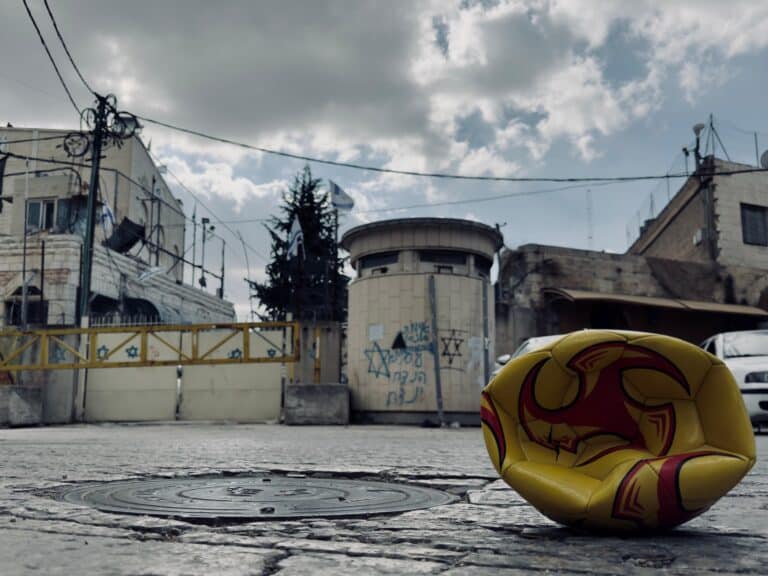How do you build a migrant detention centre that nobody wants? That’s the question the Greek government has been grappling with for years as it has pushed to build a new facility on the island of Lesvos. Now, a new report from CPT’s Aegean Migrant Solidarity team, How to Build a Detention Centre, attempts to give some answers.
There were moments during my years in Lesvos when what I was seeing didn’t seem real. The last time the government tried to force a new refugee camp on the island – whose population didn’t want it – was one such moment.
The government had marked out a patch of land where it planned to build a new camp – more controlled this time, and miles away from the island’s capital. Over a few days, on the coastal road leading up to it, Right, Left and non-aligned fought against riot police sent from mainland Greece. Of course, they were there for different reasons: some opposed the building of a prison; others opposed the people it would lock up.
I was there with my friends, unable for the most part to discern what motivated the people at our shoulders. As it got darker, someone lit a fire in the middle of the road, and the police fired flashbangs, tear gas, and sound grenades into the crowd. We ran. In the chaos, I lost my friends. Through the red chemical haze, I passed another friend slowly marching and playing her trumpet. A few metres down the road, an Orthodox priest stood atop a pickup truck, directing his flock to skirmish with police in the surrounding bushes. Men wrapped in Greek flags emerged to pick up rocks and makeshift weapons, before vanishing again into the dark. The fleeting, juxtaposed images made the whole thing seem like a carnival, and the red smoke only added to the sense of the unreal.
And then it just stopped. The government backed down in the face of such spontaneous and widespread opposition. It later announced plans for a mega-camp – the Vastria Closed Controlled Access Centre – in the middle of nowhere, surrounded by forest. Though it has faced opposition, through force, protest, and in the courts, the opposition has become muted, morphing into a defeated sense of fighting the inevitable.
How to Build a Detention Centre unpacks why this is happening, drawing lessons that could apply far beyond Greece. The government has cynically frustrated legal challenges by tweaking its plans, just enough to dodge the oncoming bullet before reverting back to course. Resistance has been bought off through relationships of economic dependency, or has simply dwindled through fatigue. The sheer scale of the project – representing the island’s second-largest public expenditure in decades – puts “facts on the ground” that are ecologically destructive and not easily undone.
Running through How to Build a Detention Centre is the shift this camp represents: a turn from social cohesion toward isolation and containment – a pattern we see across the world. CPT Aegean Migrant Solidarity never loses sight of the central concern: the people who’ll be imprisoned there, and what’s at stake if we let it happen.




